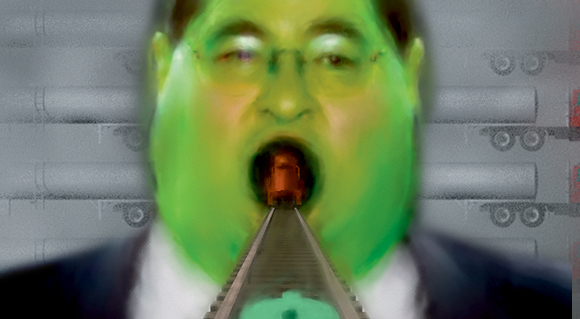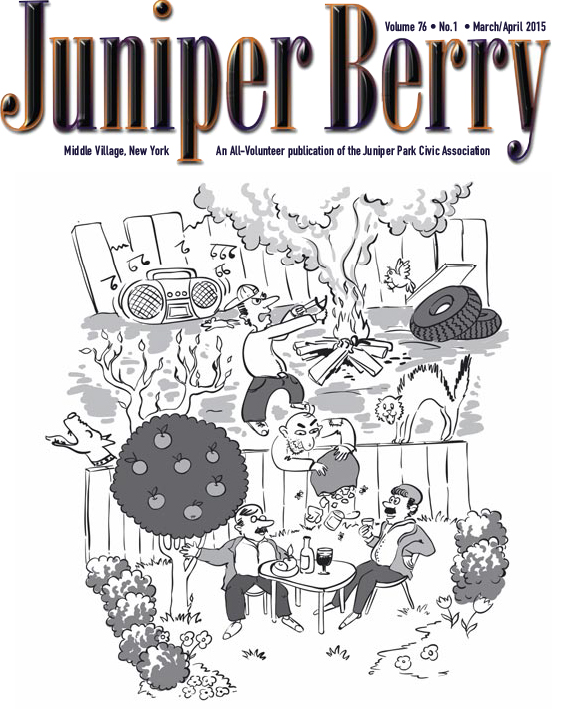Cross Harbor tunnel advocates say that more rail freight east of the Hudson River means less traffic, less pollution, and a better future. Anyone who has read the Cross Harbor Tier 1 Draft Environmental Impact Statement (DEIS) knows that this couldn’t be further from the truth for the Outer Boroughs.
The Cross Harbor Tier 1 Draft Environmental Impact Statement proves that even with very favorable assumptions, a Cross Harbor tunnel does not substantially reduce traffic congestion. Instead of getting lots of trucks off the road, the DEIS shows a small amount of eastbound truck traffic being transferred from Hudson River and harbor crossings to already crowded roadways in the Outer Boroughs and New Jersey. The DEIS also shows the tunnel spawning hundreds of new truck trips in Brooklyn and Queens, on local streets and the BQE. And what is the financial cost of taking just 2-2.5% — about one week of truck traffic — off the Hudson and harbor crossings by building a rail tunnel? $7-11 Billion.
Tunnel advocates say there will be less pollution. However, in the Outer Boroughs there will be increased pollution from more trucks. And the kind of rail activity that takes place in NYC — picking up, parking, classifying, and handing off rail cars — also generates pollution. To make matters worse, US EPA Region 2 has stated that the oldest locomotives in New York State are being used in NYC where they do the most harm to the most people. NY& Atlantic Railway uses antiquated, high polluting locomotives owned by the LIRR. During the half- century when rail freight was in decline, NYC and Long Island continued to develop. So rail operations take place today in close proximity to residential areas, increasing health risks from diesel pollution.
NY & Atlantic Railway works 24/7 to hand off just a single 100 car train a day to CSX. Communities around Fresh Pond Yard are already unduly burdened by antiquated facilities, equipment, and operations to achieve this simple task. Yet the DEIS shows maps like this one — with 7 more trains here, 16 more trains there, 12 more trains over there. The DEIS does admit that there will be degradation of service within the rail network. However, with the limited and antiquated rail freight infrastructure in Greater Long Island, and the bottleneck of the tiny Fresh Pond Terminal/Yard and switch, no significant additional utilization of rail freight seems reasonable.
CURES has been advocating for the modernization of the existing rail freight infrastructure and equipment, and an expansion of waterborne alternatives. CURES wants to see realistic use of our scarce public funds with plans for:
1. Technological upgrades for the existing antiquated rail freight system, including new engines, containerization of waste under sealed lids, and sound and vibration engineering to reduce community health, environmental, and quality of life burdens from freight trains.
2. Enhanced floats and marine transfer Alternatives that take advantage of NYC’s blue highways.
3. Integrated passenger and rail freight planning, with passenger transportation Build Alternatives that reduce highway congestion.
4. Transportation Demand Management and Transportation System Management Alternatives, which were eliminated from consideration in the DEIS.
The writer, Mary Parisen, is Chairperson of CURES, Civics United for Railroad Environmental Solutions of which the JPCA is a founding member.
Environmental Solutions




